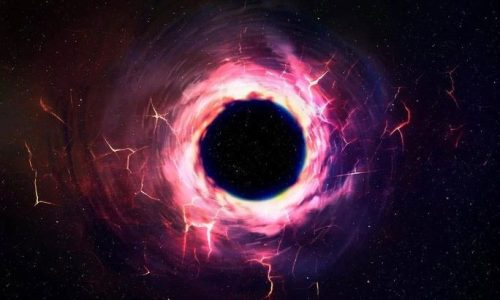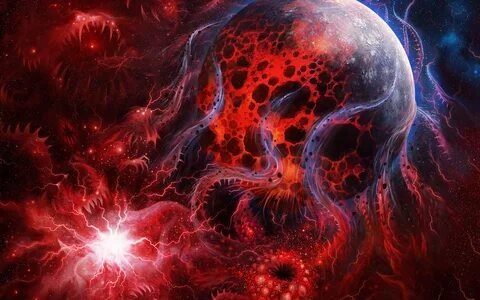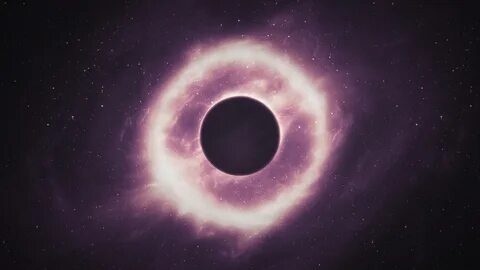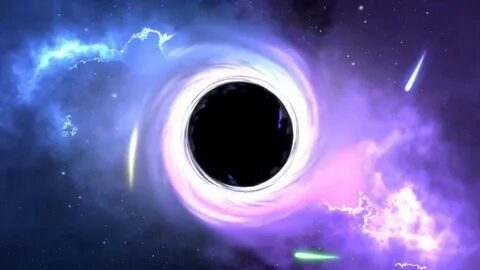
In a groundbreaking revelation, scientists in the United States have detected the presence of a second supermassive black hole, Leo I*, lurking close to Sagittarius A*, the central black hole of the Milky Way galaxy.
This cosmic behemoth, named Leo I*, is estimated to be a staggering 3 million times more massive than the Sun, making it the second-largest black hole known to humanity.
Although currently “invisible” to us, researchers from the Harvard & Smithsonian Center for Astrophysics (CfA) believe that it won’t remain hidden for long.
The hunt for Leo I* began with tantalizing hints in 2021 when an independent research team noticed that stars in the dwarf galaxy Leo I accelerated as they approached its center.
This intriguing observation sparked hope that there might be a massive black hole at play, but confirming its existence proved to be an arduous challenge.
Unlike larger galaxies, dwarf galaxies like Leo I typically lack sufficient gas to accrete and emit the cosmic rays that telescopes can detect.

The breakthrough in identifying Leo I* came from the realization that the dwarf galaxy’s red giant stars, with their strong stellar winds, provide an unexpected opportunity for observation.
As these stars interact with the black hole’s environment, they strip away a small amount of mass, allowing for accretion rates suitable for detection.
By analyzing data from the Chandra X-ray Observatory and the Very Large Radio Telescope in New Mexico, researchers at CfA are gradually uncovering the true nature of this colossal cosmic monster.
While the data from the observatories is still under analysis, the initial findings are promising, providing scientists with a rough idea of Leo I*’s characteristics.
The team at CfA anticipates that as further observations are made, a clearer and more refined picture of this massive black hole will emerge, akin to what humanity has glimpsed in Sagittarius A*.
Leo I*’s discovery marks a significant milestone in our understanding of supermassive black holes, shedding light on the mysterious and awe-inspiring celestial phenomena that govern the cosmos.

As technology and observational techniques continue to advance, scientists remain hopeful that many more secrets of the universe, including the enigmatic nature of supermassive black holes, will be unveiled, expanding our knowledge of the cosmos and our place within it.
The detection of Leo I* heralds an exciting chapter in astrophysics, offering a glimpse into the hidden wonders of our universe.
The quest to comprehend the mysteries of supermassive black holes is an ongoing adventure that fuels scientific curiosity and exploration.
As researchers delve deeper into the secrets of these cosmic giants, humanity moves closer to unlocking the mysteries of the cosmos and understanding the intricacies of the celestial realm.

The journey to explore the depths of space is bound to reveal more astonishing discoveries, enriching our appreciation of the grandeur and complexity of the universe.
